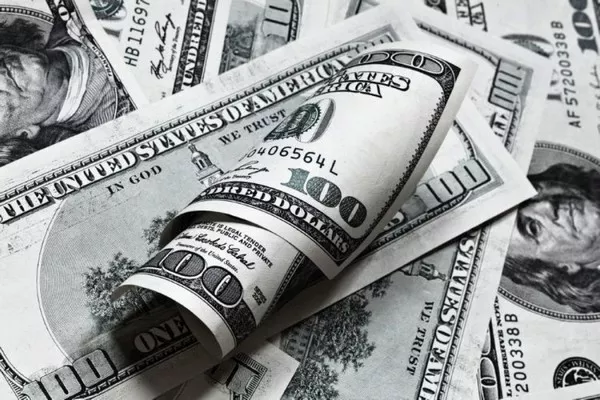The United States boasts a rich history of currency, and among its various denominations, the two-dollar bill stands out as both unique and intriguing. But who is the prominent figure featured on this bill, and what is the story behind its existence? In this article, we’ll delve into the history and significance of the two-dollar bill and reveal the identity of the person depicted on it.
A Brief History of the Two Dollar Bill
The two-dollar bill, denoted as a “2” with the word “Dollars,” has been a part of American currency since the country’s founding. The first two-dollar bill was issued in 1862, during the Civil War, as a legal tender United States Note. The note featured a portrait of Alexander Hamilton, one of the Founding Fathers and the first Secretary of the Treasury.
However, the two-dollar bill has had a somewhat turbulent history in terms of circulation. Many people believed, and some still do, that it was rare or valuable, leading to hoarding rather than spending. In response, the United States government made efforts to reintroduce and promote the bill at various times throughout the 20th century.
The Person on the Two Dollar Bill
The person depicted on the two-dollar bill is none other than Thomas Jefferson, the third President of the United States and one of the most influential figures in American history. Jefferson played a pivotal role in the early days of the United States, contributing significantly to the drafting of the Declaration of Independence.
Jefferson was born on April 13, 1743, in Shadwell, Virginia. He later attended the College of William & Mary and went on to become a lawyer and a notable statesman. His involvement in drafting the Declaration of Independence, his support for religious freedom, and his presidency have solidified his place as an iconic American historical figure.
The Design and Features of the Two Dollar Bill
The obverse (front) of the two-dollar bill features a lifelike portrait of Thomas Jefferson, based on a painting by Gilbert Stuart. The bill also includes the following design elements:
Monticello: On the reverse (back) of the two-dollar bill is an image of Monticello, Thomas Jefferson’s neoclassical estate in Charlottesville, Virginia. Monticello is a UNESCO World Heritage Site and a significant historical landmark.
Independence Hall: Another image present on the reverse side is that of Independence Hall, where both the Declaration of Independence and the United States Constitution were debated and adopted. This building is located in Philadelphia, Pennsylvania.
Words of Wisdom: The two-dollar bill contains excerpts from the Declaration of Independence, reinforcing its historical significance.
Are Two Dollar Bills Still in Circulation?
Two-dollar bills are indeed still in circulation in the United States. However, they are not as commonly seen as one-dollar or five-dollar bills. The perception of the two-dollar bill as rare or valuable has contributed to their limited circulation, as some people choose to save or collect them rather than use them in everyday transactions.
You can obtain two-dollar bills from banks, currency exchanges, and sometimes as change from various businesses. Additionally, they are often used for specific purposes such as gifting during special occasions, including birthdays, weddings, and holidays.
The Two Dollar Bill’s Popularity and Superstitions
Two-dollar bills have garnered a unique place in American culture, with various superstitions and customs associated with them. Some people believe that two-dollar bills bring good luck, making them popular choices for tipping or giving as a “lucky” gift.
Moreover, the two-dollar bill has made appearances in various movies, television shows, and literature, further solidifying its cultural relevance. These bills have been depicted as rare or even mysterious, adding to their allure and charm.
Collecting Two Dollar Bills
For currency enthusiasts and collectors, two-dollar bills can be a fascinating addition to a collection. While most two-dollar bills are not particularly rare, there are certain variations and unique serial numbers that can make them more valuable to collectors. Some collectors seek out “star notes,” which are replacement notes marked with an asterisk and are often considered collectibles.
When collecting two-dollar bills, consider the following:
Condition: Bills in pristine, uncirculated condition are generally more valuable to collectors.
Unique Serial Numbers: Look for bills with unique or interesting serial numbers, such as low numbers, repeating numbers, or patterns.
Printing Errors: Bills with printing errors, misprints, or misalignments can be highly sought after by collectors.
Conclusion
The two-dollar bill, featuring the portrait of Thomas Jefferson, is an integral part of American currency and history. While it is not as commonly seen in circulation as other denominations, it continues to be a symbol of American heritage and culture. Whether used for tipping, as a unique gift, or collected for its historical significance and potential value, the two-dollar bill remains a distinctive and fascinating piece of American currency. Its allure and the superstitions surrounding it have only added to its charm, making it an enduring and iconic part of the country’s monetary landscape.


